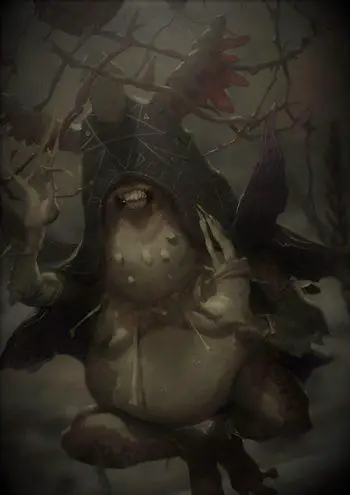Share the Lore!
By: Alex Postrado
The German Nightmare Vampire
There is a great chance that you are already familiar with elves.
Sure enough, you, too, already know what vampires are!
And you also may have heard — at least once — about the incubus.
While all of these beings of lore may be unalike in most facets of their definitions, there is a creature from German folklore that ties them all together.
It is called the Alp.
A mischievous, shapeshifting midnight monstrosity that has a taste for blood, horror, and… breast milk?
As wacky as that might sound, in medieval Germany, the Alp is — by all means — the stuff of most nightmares.
But how exactly did this folkloric fiend manage to be this infamous?
Well, believe it or not, it was with the help of a magical hat!
Do you think this creature could be more intriguing than it already is?
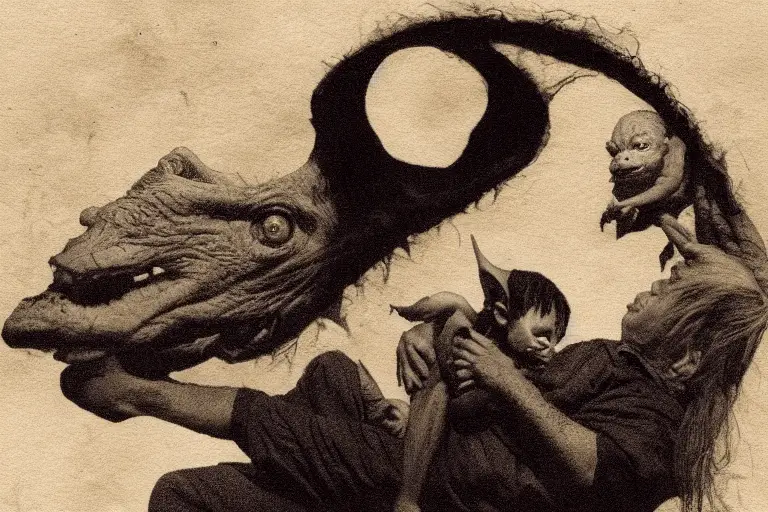
What is the Alp?
Similar to both vampires and werewolves, German folklore’s Alp — the plural of which is spelled as Alpe or Alpen — is a creature that is notorious for its shapeshifting abilities.
Said to take the shape of any animal of its liking, the Alp more commonly transforms into a cat, a dog, a pig, a snake, or even a white butterfly.
Other times, though, it could also present itself as a mist, which helps it carry out its nasty agenda toward its victim — but more on that later!
The lore says that the Alp can ride a horse, fly, and even turn invisible.
Moreover, it can mete out bad luck, as well as a disease to people that catch the gaze of its “evil eye“.
All of these powers — which the Alp harnesses to spread either harm or devilry — come from a magical hat, or sometimes veil, that the diminutive monster possesses.
This is known to many as a Tarnkappe — meaning, “cap of concealment” or “camouflage cap“. Talk about a cloak of invisibility of some sort!
Be that as it may, it is only the wearer — in this case, the Alp — that is granted concealment.
The hat — for some reason — stays visible no matter what shape the Alp may take.
This accounts for versions of the lore where the Alp somehow loses its hat. The person who, then, sees it and brings it back safely to the creature is thereby given a great reward.
The inclusion of a hat in the story of the Alp may seem comical in some ways, but the Althochdeutsches Wörterbuch — or, in English, the Old High German Dictionary — reveals that comical is actually not the right word for it.
As it describes, the Alp is a “nature-god” or a “nature-demon” that is “eerie”, “ferocious“, and “messes around with women“.
Its name derives from Germanic Alp — meaning, “nightmare” — which is also the root of the English word elf, used to define a class of small, magical entities — or fairies — that are often capricious by nature.
Likely due to this relation with elves, in Teutonic mythology, Alpe were regarded as mountain-dwelling, elf-like beings.
And unlike the “ferocious” portrayal of Alpe in most sources, back in the day, they were known to be friendly, even to humans.
But the increase in hostile depictions of elves in later medieval years consequently altered the way people perceived Alpe.
Instead of their once genial image, the name Alp quickly became synonymous with malevolence and roguery — with the creature, now bearing more resemblance to kobolds or sprites.
Creatures of Nightmares?
Over the years, a lot of elements in the lore of Alpe changed — yet one key detail remained the same:
Alpe typically strike in the middle of the night.
That is because the people they tend to attack are those who are sleeping. And they do this malicious deed in the form of nightmares!
In German, there is a term known as Alptraum — meaning, “elf dream“.
Similarly, the word Alpdruck or Alpdrücke translates to “elf oppression” or “elf pressure“.
In English, we understand this simply as nightmares. But the lore behind both of these Old German words is a little more complex than that.
Male Alpe are generally known as Alp. This could also — sometimes — be used to refer to their female counterparts.
But, in most cases, female Alpe are called mare, mara, mar, mart, or mahr.
In post-medieval folklore, these two kinds of Alp suggest two, different ways of attack.
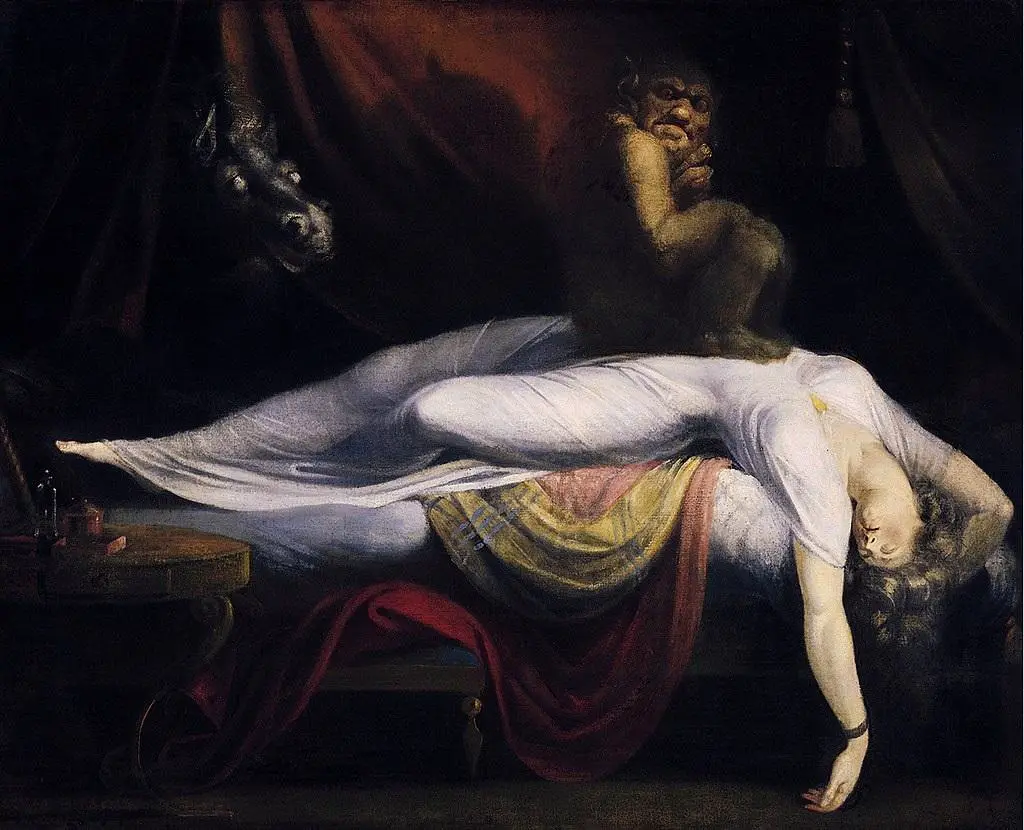
Alpdruck often alludes to when a mare sits astride a victim’s chest, rendering them unable to move under the monster’s crushing weight, which — the lore says — is bound to get heavier and heavier until it either awakens the nearly-breathless victim or cuts off their air supply entirely.
On the other hand, Alptraum is more fitting to the male Alp’s attack, which is done by the creature, first turning into a snake or a mist, then entering the sleeper’s body through their mouth to have the power to plague the victim with atrocious nightmares throughout the night.
Malice and Mischief of the Alp
Although Alpe are sometimes viewed as incubus-like creatures, Alp attacks with rather sexual undertones are said only to happen rarely.
When it does, however, it may involve the Alp, drinking from the nipples of its victim — sucking blood from men and children, and breast milk from women.
Moreover, as it happens, women are Alpe’s victims of choice!
More specifically, pregnant women who commit an “unforgivable sin” during their gestation period.
Other than this, Alpe also has a “tendency for mischief“.
They go from less serious acts, like:
Tangling hair into elfknots; twisting horse’s tails; souring milk; milking cows dry;
To more alarming ones, like:
Putting back used diapers on babies; riding horses to exhaustion; and crushing animals to death.
Things like these help easily attach the “demon” connotation to the nightmare-inducing Alpe.
But, as several tellings signify, Alpe can be spirits. And they allegedly can be created from the ghosts of:
- Children born with hair on their palms;
- Children birthed by women who bit horse collars as they pushed through an “extremely long and tortuous childbirth“;
- Children birthed by women who got frightened by any animal during pregnancy;
- Stillborn infants;
- Or other recently departed relatives.
Furthermore, Alpe can also be normal, living humans by day, who transform — often unconsciously — into nightmarish monsters by night.
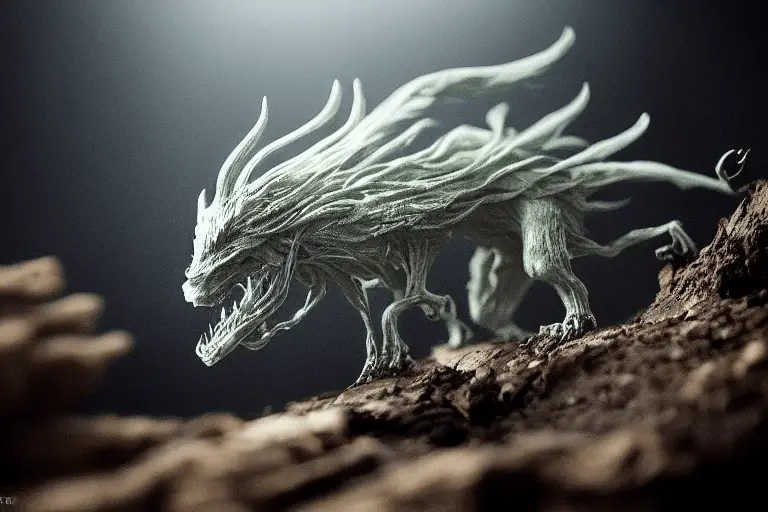
This could supposedly be caused by witchcraft.
But, nevertheless, it is believed that one indicator that someone is secretly an Alp is if they have a unibrow.
Though that so-called “sign”, of course, leaves a lot of room for wrongly-placed judgment.
For this reason, many still fall back to the belief that injuring an Alp and leaving a mark on them during one of their attacks would help single them out from real humans during the day.
The Origin of the German Fiend
To understand the origin of the Alp, we need to analyze some small — yet absolutely relevant — pieces of its lore.
According to its history, near the start of the creature’s run, Alpe were believed to inhabit the mountains.
This detail backs the theory suggested by some about how the Alp may have originated from the mountainous regions of Germany and, perhaps, even Austria.
In addition to that, the Alp’s iconic hat — the Tarnkappe — along with the powers it bestows upon the demon-like being call to mind certain elements that play out in the German epic poem Nibelungenlied, in the form of the legendary character King Alberich.
In the story, Alberich is the king of the dwarves. And as we know, dwarves and elves — of which the Alp was closely related to — are both species of small, humanlike supernatural creatures.
Moreover, Alberich’s distinguishing attribute is that he has “the strength of twelve men” — which lies parallel to the mare’s hulking weight and force.
On top of all that, somewhere in the epic poem, a cloak of invisibility was actually mentioned. And it is called Tarnkappe!
All of these factors added together make it clear that none of it was purely coincidental;
That, despite the Alp lore having garnered other influences through the years, the Nibelungenlied was definitely a “source of inspiration” for many of its key elements.
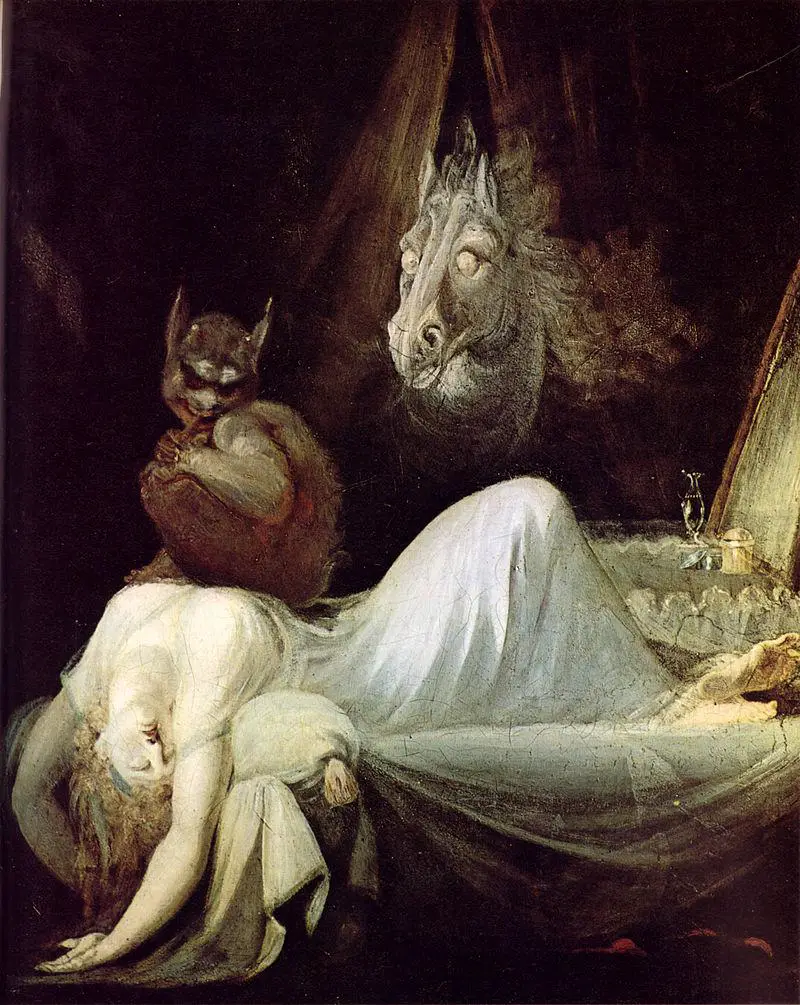
How to Survive the Nightmareish Alp
No one likes having nightmares — and so, by extension, the idea of a midnight creature causing a person to have bad dreams sounds pretty awful, too.
For hundreds of years, people have tried to find ways to protect themselves from Alpe.
To ensure that their nighttime rest would not be bedeviled by the shapeshifting, hat-wearing fiend.
But, if it were up to you, what exactly would you do?
Among the first things to consider is to think of a way to prevent an encounter with an Alp — to ward it off before it even plans on getting close.
Some methods you could try are as follows:
- Sleeping with your shoes beside your bed, pointed toward the door;
- Hanging iron horseshoes from your bedpost;
- Laying a broomstick under your pillow;
- Placing a mirror on top of your chest;
- Having steel items or crosses nearby;
- Keeping the light on during the night;
- Or, in worse cases, hiring someone to keep an eye on you while you sleep.
If all else fails, however, you can always head on and fight back.
Just know that Alpe are believed to be difficult — probably almost impossible — to kill, and your best option — at this point — would be to damage the Alp’s evil eye to purportedly remove its “malicious intentions”.
At any rate, though, it is clear that Alpe are not the creatures we would want to be faced with — no matter the scenario and no matter the time.
Far from their old, friendly elf image, they are now more symbolic of what modern science explains as night terrors, fits, sleep paralysis, and lucid dreams.
But, perhaps, they were always — in part — related to all of that.
An embodiment of nightmares, that is to say.
This is another proof that creatures of folklore often do a great job of throwing light on our fears, along with the things we find hard to understand.
References:
Alp - Occult World Alps: Nightmare Creatures Of German Folklore The Nightmarish Alp Alp - German Folklore 11 Mythological Bloodsuckers From Around The World Germany's Ghouls And Goblins
